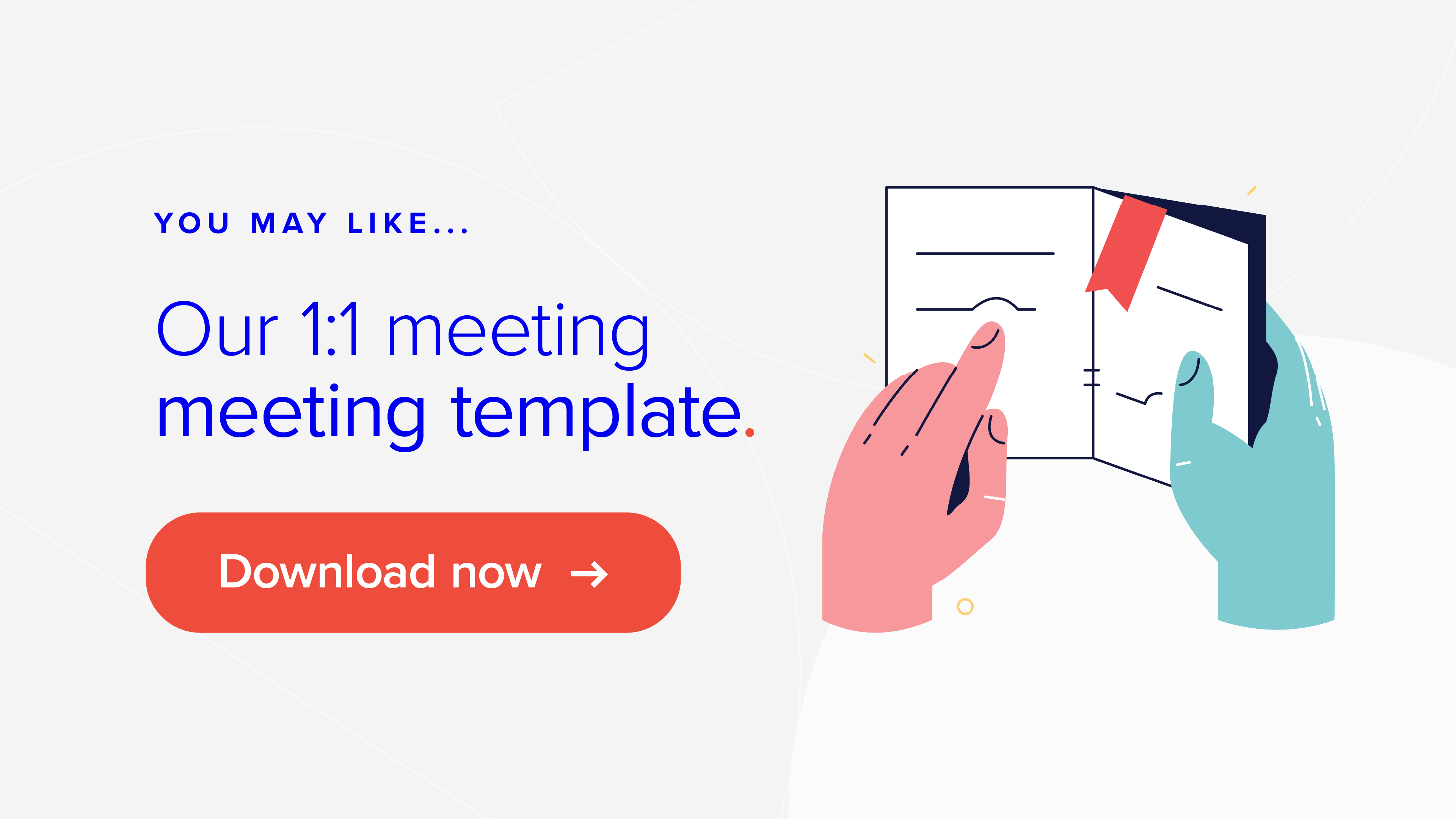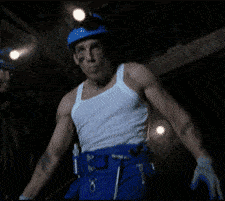How to set up a communication cadence for distributed teams
Wondering how to make your remote team more productive? Setting up the right cadence is key! Learn how to establish a routine and improve communication with team members.

Did you know that knowledge workers in Australia and New Zealand spend 58% of their time on work about work — like meetings, status checks, and searching for information?
This means that only 42% of an employee’s time is spent actually doing the work that they were hired to do. That’s a whole lot of cash spent talking about work instead of doing the work… Crazy, right?
We know what you’re thinking – surely there’s a better way to manage meetings. And we can tell you right now that your employees are thinking about it, too.
We all know the feeling of finishing up a meeting and thinking, yep – that could have been an email. This is especially true for distributed teams when everyone begins to experience the dreaded feeling of zoom fatigue. To mitigate this, consider reading our Remote Meetings: A How to Guide for tips on hosting effective virtual meetings. 
Me when I see a day full of meetings in my calendar
So, if you’re like the many workplaces making the switch to a distributed team, how can you set up a communication cadence that works for everyone? A cadence that gets your team members looking forward to their meetings and not dreading them?
If you’re ready to stop spending money on pointless, empty meetings, this one is for you. It’s time to implement an effective framework around your communications cadence.
Before we kick off, you should understand that a distributed team communication cadence will look different for every organisation. It could differ depending on the company and employee’s personal communication needs.
Most importantly, finding the right balance will take time and trial and error. Now let’s get stuck in!
Building trust within your team is crucial, especially in a remote setting. Discover How to Develop Trust Amongst Your Team When Working Remotely for practical strategies to strengthen team bonds.
Decide the types of meetings you want to have and stick to it
When you think of all the types of meetings out there and the jargon that goes along with them, you might begin to feel overwhelmed – and we don’t blame you. There are countless meeting types, and one is likely to tick all the boxes for your team.
Strategy sessions, brainstorming meetings, training, WIPs, 1:1s, we’re here to help break down some common types of meetings that may be suitable for your business.
One-on-ones (1:1s)
At Employment Hero, we’re big believers in one on ones (1:1s). 1:1s are a scheduled weekly or fortnightly catch-up that an employee has with their direct manager. Not only are they a great way to catch up on how their past week or fortnight has gone, but it’s also a chance to commit to things for the future.
1:1s can work to strengthen the relationship between managers and their team members, help to reduce turnover and increase productivity as they foster accountability. For 1:1s to be as effective as possible, they should adhere to three key things:
- Scheduled
- Recurring
- Structured
Work in Progress (WIPs)
WIPs or ‘Work in Progress’ meetings are designed for teams to establish accountability and reach deadlines.
This can help with productivity within a team or project as it ensures everything is on track.
All Hands
All-Hands are a company-wide meeting held weekly, fortnightly or monthly. It covers general updates, celebrations, new starters and anything else relating to everyone in the business.
Remember, this is a chance for your leadership team to inspire the rest of your employees and an opportunity to create an inspired workforce.
At Employment Hero, we hold weekly All Hands meetings on a Friday afternoon.
This allows the team to unwind after the week that was. It’s also a time that works for everyone as it can help ease into the weekend.
Daily standups
Standup meetings are quick daily meetings designed to be had on foot. This follows the principle that no one wants to be standing up for a long time, therefore won’t sit down and extend the meeting unnecessarily.
The goal of a standup is to quickly talk through important tasks that need to be finished that day, are in progress or are getting started.
Performance reviews
A performance review is an assessment with an employee and their direct manager to evaluate performance, define strengths, identify weaknesses, review professional goals and plan for the future.
The goal of a performance review is to use the feedback received for professional improvement and to identify any areas of concern.
However, performance reviews are not limited to these areas; they can also include discussions around:
- How the employee is currently progressing toward goals
- How effective their working style is
- Soft skills such as time management and communication
- Attendance, punctuality and behaviour in the workplace
The reality is that for many employers, performance reviews only occur once a year. But this shouldn’t be the case.
The fact is, employees want to know how they’re performing. They want to know if they’re meeting expectations. They want to know what they can do to improve their performance.
This is why we’re big believers in creating a culture of feedback as part of your communication cadence. Understanding common communication barriers can further enhance these reviews. Check out the Top 7 communication barriers in the workplace and how to overcome them to ensure effective communication.
Not sure how to create a performance review schedule? We’ve put together a few example schedules that might work for your organisation.
Feedback schedule example 1
- 1x Bi-annual performance review
- Weekly 1:1 with direct reports with a pre-prepared list of questions
- Defined quarterly goals using OKRs
- 1x Annual salary review
Feedback schedule example 2
- 1x Quarterly performance review
- Fortnightly 1:1 with direct reports including a set list of questions
- Defined quarterly goals using OKRs
- 1x Annual salary review
Read more: How to set OKRs for virtual teams
What might a distributed team communication cadence look like?
Getting your distributed team communication cadence will take time. It’s best to test a few options and find what works best for your team members. It’s also important to note that every team will look a little different – different teams will also have different cadence frameworks.
Not sure where to get started? We’ve put together an example communication cadence framework that might work for your remote teams.
1. The entire company meet once a week for an All Hands meeting
This is a meeting for the entire company to get together, usually run by a member of the leadership team. This is time to walk through any updates, celebrations and key results for the week.
At Employment Hero, we hold these on a Friday afternoon as it allows everyone to ease into the weekend and celebrate the week that was.
Read more: Promoting company culture for remote teams
2. A meeting with your direct team once a week
Depending on the size of your team, this may look a little different for each organisation. However, getting together once a week with your direct team member can help keep everyone aligned and working towards targets and goals.
Managers should talk through results and discuss high-level strategies to help reach targets.
Updates on any project-based work should also be shared at these meetings, as well as updates on hiring or headcount changes.
3. Weekly 1:1s with your direct reports
Holding weekly 1:1s are an important way for your direct reports to talk through the work they’re doing, as well as bring up any challenges they’re facing. It allows your team members to commit to things for the future, as well as bring up any issues they may be facing in their personal life.
For 1:1s, we suggest having set questions each week. This way you can stay on track and allow the employee to bring up anything on their mind – whether it’s positive or negative.
Read more: Can technology ever replace physical connection?
4. Set recurring meetings and invite all members
This one sounds simple, but putting recurring meeting invites in your calendar and sending them to those involved can help with planning, not just the meeting but also everyone’s day.
Having regular meetings in your calendar where you can bring up any issues can help reduce the chances of disruptive impromptu meetings. According to Harvard Business Review, 64% of employees believe that meetings come at the expense of deep thinking. For tips on staying connected, especially in a remote work environment, explore 15 ways to stay connected virtually with coworkers. Read more: How to overcome common challenges with remote work
5. Have an agenda for each meeting
Planning your meetings is one of the most important things you can do when it comes to holding an effective meeting.
Have a clear structure for your meetings, and if it’s a longer meeting, you should send around the agenda a day in advance. This lets everyone know what will be covered and allows your team members to adequately prepare for the session.
It also makes it obvious when the topic of the meeting is getting pulled in an unrelated direction, allowing you to bring it back to the main reason for holding the meeting with ease.
Read more: Guide to running effective remote meetings
When the meeting finishes on time
6. Assess whether or not the time allotted is realistic
When it comes to setting up a communication cadence framework, you should be realistic with the time that you’re allotting.
If you don’t think that 5 minutes is enough time to cover everything in a standup or you’re continually going over, it might be time to extend the meeting invite or stress the importance of keeping it under 5 minutes. Supporting your team’s wellbeing is crucial. Learn more about strategies to engage your remote team in 10 Ways to Support Remote Employee Wellbeing. Read more: Tools to help with remote team communications
If your communication cadence doesn’t work, try again
Getting your communication cadence right takes work. Chances are, you’re not going to get it right from the get-go.
Many organisations endure meetings that are too frequent, poorly timed and badly run. This is a leading recipe for losses in productivity and overall business success. What’s more, it’s a reality for 54% of organisations who put their meeting cadence in this category.
This is why it’s extremely important to ask for feedback as you’re developing your communication cadence.
Did you know that you can ask for feedback using Employment Hero? Our Custom Survey feature allows you to create and send Custom Surveys to employees and easily access, collate, track and analyse this feedback.
The best part? Employees will feel more engaged knowing their feedback and experiences are valued – and research proves it. Employees who feel heard are 4.6x more likely to feel empowered to perform their best work.
Get started with creating your remote team
It’s time to get started with a distributed team. If you’re interested in the idea of a remote team but not sure where to start, we’ve created an in-depth guide on how to make the transition to a distributed team here.
Employment Hero offers a worldwide employer of record service that helps you hire international employees by taking care of compliance with international employment laws. Find out how we can help today.
Related Resources
-
 Read more: Guide to long service leave entitlements in Australia
Read more: Guide to long service leave entitlements in AustraliaGuide to long service leave entitlements in Australia
Understanding long service leave entitlements can be challenging. We share everything employers need to know about managing it.
-
 Read more: The $124,000 Cashflow Crunch: Small and Medium Businesses (SMBs) at risk under proposed Payday Super Requirements
Read more: The $124,000 Cashflow Crunch: Small and Medium Businesses (SMBs) at risk under proposed Payday Super RequirementsThe $124,000 Cashflow Crunch: Small and Medium Businesses (SMBs) at risk under proposed Payday Super Requirements
New Employment Hero modelling and research shows businesses will need an extra $124,000 in working capital on average to meet…
-
 Read more: From hiring mismatch to SmartMatch: 5 critical things your recruitment strategy is missing
Read more: From hiring mismatch to SmartMatch: 5 critical things your recruitment strategy is missingFrom hiring mismatch to SmartMatch: 5 critical things your recruitment strategy is missing
We’ve wrapped up five critical things your recruitment strategy might be missing so you can feel confident in your hiring…





















